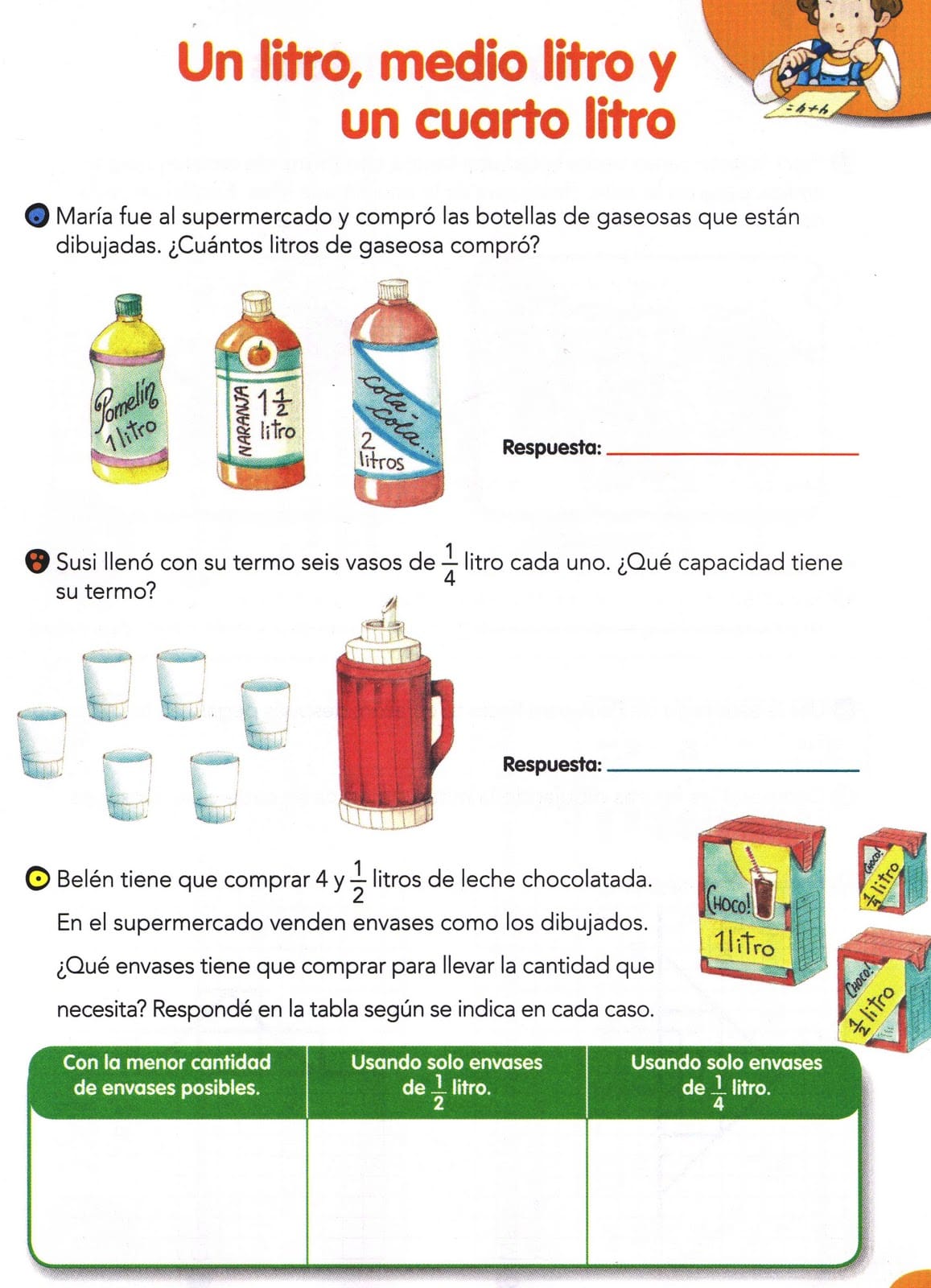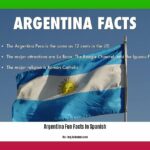This guide explores the relationship between liters and milliliters, providing clear explanations, practical examples, and addressing common misconceptions.
Understanding Liters and Milliliters
A liter (L) is a common unit of volume in the metric system, frequently used for measuring liquids. Think of common beverage containers like milk cartons or soda bottles—these often come in liter measurements. A milliliter (ml) is also a unit of volume, but significantly smaller. The relationship between them is key: 1 liter (L) equals 1000 milliliters (ml). A milliliter is one-thousandth of a liter. This means a liter contains cuantos mililitros tiene un litro.
Converting Between Liters and Milliliters
Converting between liters and milliliters is straightforward thanks to the metric system’s decimal-based structure.
- Liters to Milliliters: Multiply the number of liters by 1000. For example, 2 liters x 1000 = 2000 milliliters.
- Milliliters to Liters: Divide the number of milliliters by 1000. For example, 500 milliliters ÷ 1000 = 0.5 liters.
Here’s a handy table illustrating common conversions:
| Liters (L) | Milliliters (ml) | Everyday Example |
|---|---|---|
| 0.25 | 250 | A large glass of juice |
| 0.5 | 500 | A standard water bottle |
| 1 | 1000 | A carton of milk or a large soda bottle |
| 2 | 2000 | A large soda bottle (2-liter bottle) |
| 5 | 5000 | A large jug of juice |
Practical Applications of Liters and Milliliters
Understanding the liter-milliliter relationship is essential across various fields:
- Cooking: Recipes frequently call for ingredients in milliliters or liters, enabling precise measurements for optimal results.
- Healthcare: Accurate dosages of liquid medications are critical, and milliliters provide the necessary precision.
- Science: In experiments and research, milliliters ensure accurate measurements of liquids and solutions.
- Everyday Life: Comparing prices of beverages sold in different volumes (liters or milliliters) and understanding quantities are common applications.
Addressing Common Misconceptions
A frequent confusion arises between milliliters (ml, for volume) and millimeters (mm, for length). Although they sound similar, they measure entirely different properties. Milliliters quantify the volume a container can hold, while millimeters measure length or distance. It is impossible to convert between them directly.
Delving Deeper into Milliliters
What is 1 mL?
A milliliter (mL) is a small unit of volume. Visualize it as roughly the size of a single drop of water from an eyedropper or a small sugar cube. Although small, milliliters play a crucial role in accurate measurement, especially for liquids.
Why are Milliliters Important?
Milliliters are invaluable for precision in several applications:
- Culinary Arts: Accurately measuring small quantities of ingredients, such as extracts and spices, significantly impacts flavor profiles.
- Medical Field: Precise doses of liquid medications are vital for patient safety and treatment efficacy.
- Scientific Research: Milliliters provide the necessary accuracy for measuring and manipulating liquids in experiments.
Connections and Conversions
- Cubic Centimeters (cc or cm³): 1 mL is equivalent to 1 cubic centimeter (cc). This equivalence stems from the definition of a liter as the volume of a 10 cm x 10 cm x 10 cm cube (1000 cm³).
- Converting mL to Liters: Divide the number of milliliters by 1000.
- Converting Liters to mL: Multiply the number of liters by 1000.
Key Points to Remember
- Definition: A liter (L) measures volume, and a milliliter (ml) is a smaller unit of volume.
- Conversion: 1 liter (L) = 1000 milliliters (ml).
- Distinction: Milliliters measure volume, while millimeters measure length. They are not interchangeable.
- Practical Uses: Milliliters and liters are used in cooking, healthcare, science, and many everyday scenarios.
By understanding the relationship between liters and milliliters, you can confidently navigate measurements in various contexts. While the information presented here is based on current understanding, ongoing research in metrology (the science of measurement) may further refine our understanding of these units.
- Discover Long Black Pepper: Flavor & Health Benefits - April 25, 2025
- Shocking Twists: The Grownup Review: Unreliable Narration - April 25, 2025
- A Quiet Place Book vs Movie: A Deep Dive - April 25, 2025

















1 thought on “How Many Milliliters Are in a Liter? The Definitive Guide”
Comments are closed.